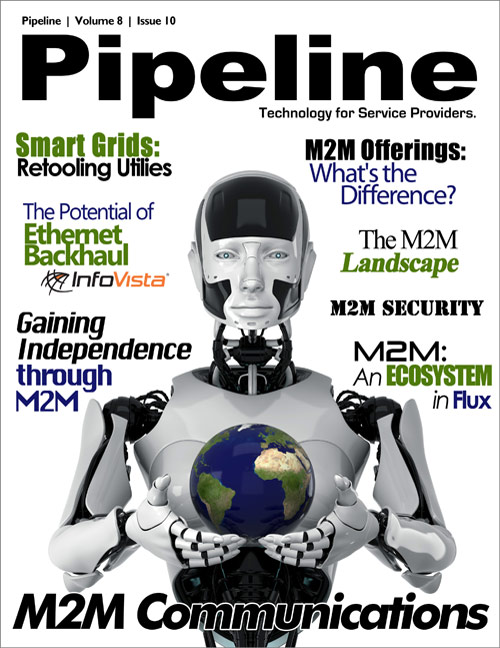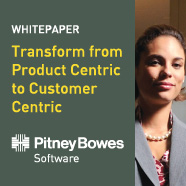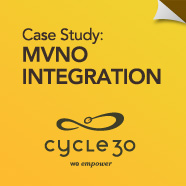The advantages of such approach lie in low start-up and operational costs and potential quick launch. From the cost perspective it is more an OPEX-oriented approach. But it also has its disadvantages, such as problems with differentiation (all operators using the same SaaS platform or all within one partnership have the same capabilities), and, what is most important, the issue of unclear customer ownership. The latter means that M2M customer ownership is shared between the operator and the platform provider. For many operators, looking at M2M as an important part of their business, such an approach is very often unacceptable. However, if an operator does not perceive M2M as a strategic market, this approach may work as it uses proven business models and thus poses low risks.
Why independence and the licensed platform model are the best choice?
The vision of independence in the M2M business is reflected by the licensed platform model. This approach makes the telecom operator a full owner of the platform. One of the biggest advantages of such an approach is related to clear customer ownership – the service provider fully owns all M2M customers. It can also potentially provide much more flexibility than SaaS platforms.
Of course, this model also has its disadvantages, such as higher costs and slower business launch, but these problems can be limited by using COTS products as components of the platform, managed services and dedicated hosting services. Such an approach provides telecom operators with the highest possible level of independence in the M2M business and can also limit problems typically encountered in the case of licensed software.
It is very likely, that the global development of M2M will lead communication service providers to part with the independence approach when formulating their market entrance strategies.









